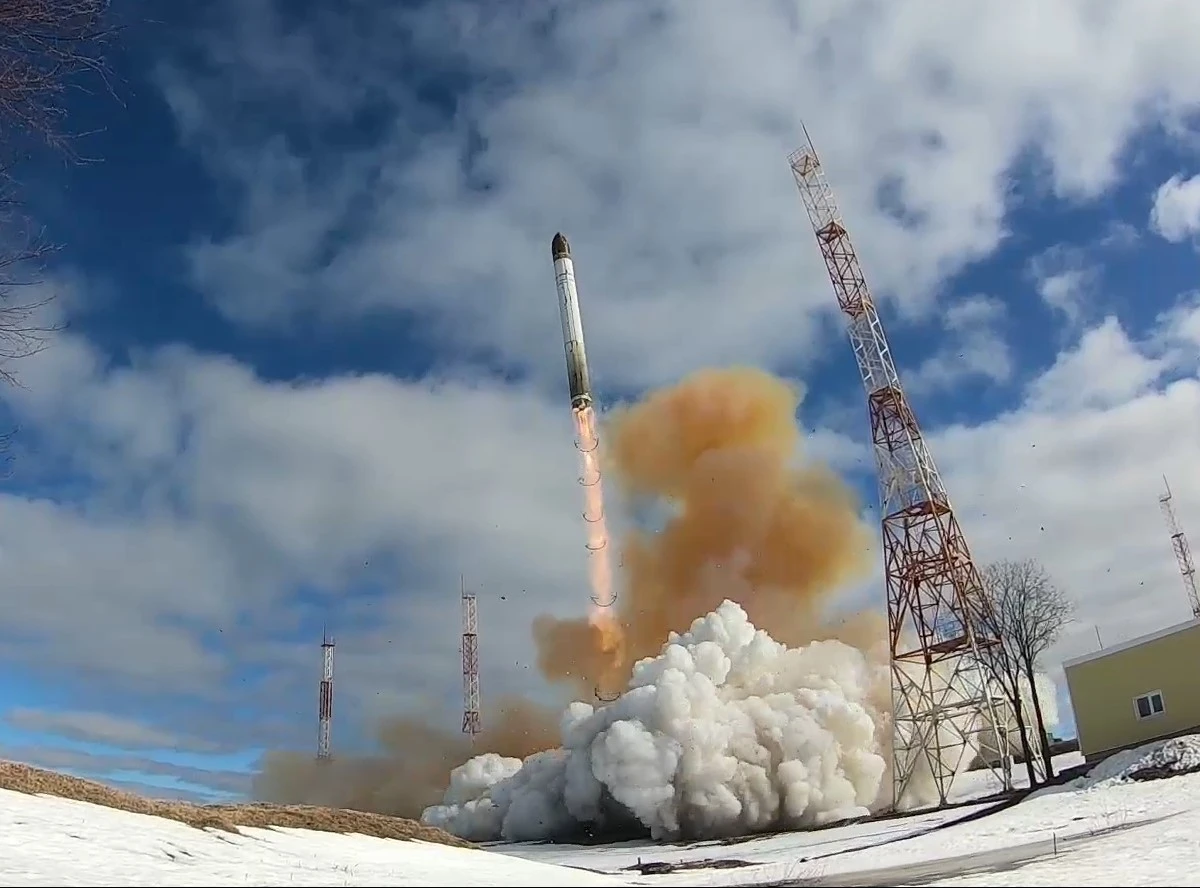Russia continues efforts to deploy Sarmat intercontinental ballistic missile
 RS-28 Sarmat (Courtesy of EURO-SD)
RS-28 Sarmat (Courtesy of EURO-SD)
Russia is advancing with its RS-28 Sarmat missile program, aiming to deploy the super-heavy intercontinental ballistic missile (ICBM) as part of its nuclear strategy. The missile, designed to deliver nuclear warheads to targets in the U.S. or Europe, has suffered a series of testing setbacks.
Why it matters
The Sarmat is Russia’s replacement for the Soviet-era R-36M and is a key component of its modernized nuclear arsenal. Despite entering operational service in 2023, the missile has faced four failed tests, raising concerns over its reliability and readiness for deployment.
Details of Sarmat
- The ICBM, often dubbed “Satan II” by the media, can carry hypersonic glide vehicles and use the Fractional Orbital Bombardment System (FOBS) technology.
- It made its first test flight in April 2022 but suffered a significant failure in September 2023, leaving a crater at the launch silo.
- Despite these challenges, Russia claims the missile is on “combat alert,” although testing failures continue to undermine its full operational status.
The Sarmat is one of six strategic weapons unveiled by President Vladimir Putin in 2018. While Russia has declared the missile operational, ongoing test failures suggest that its effectiveness remains uncertain.



